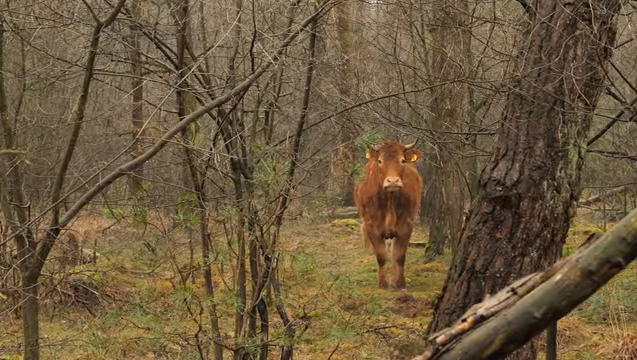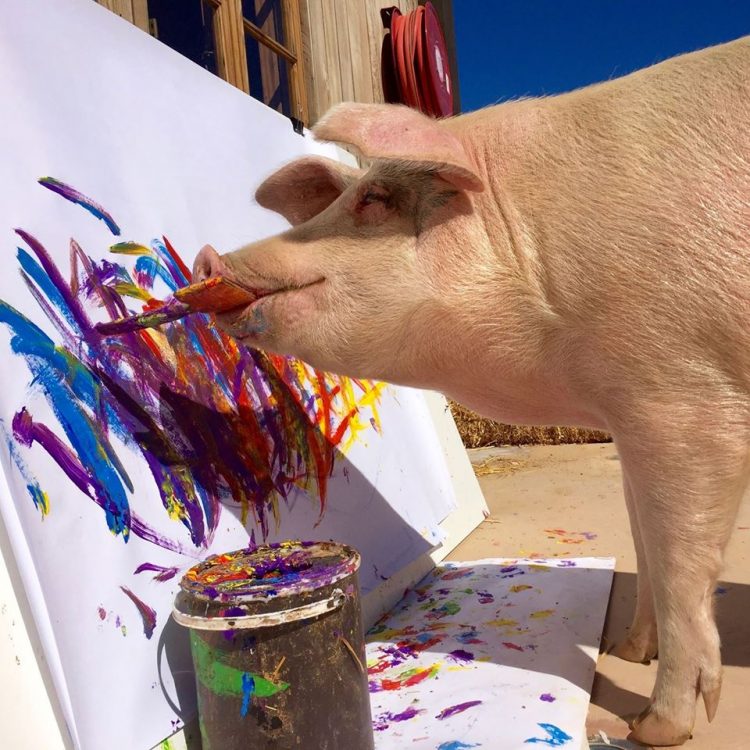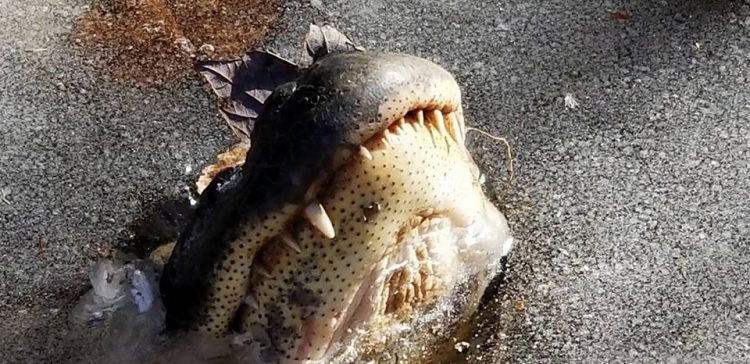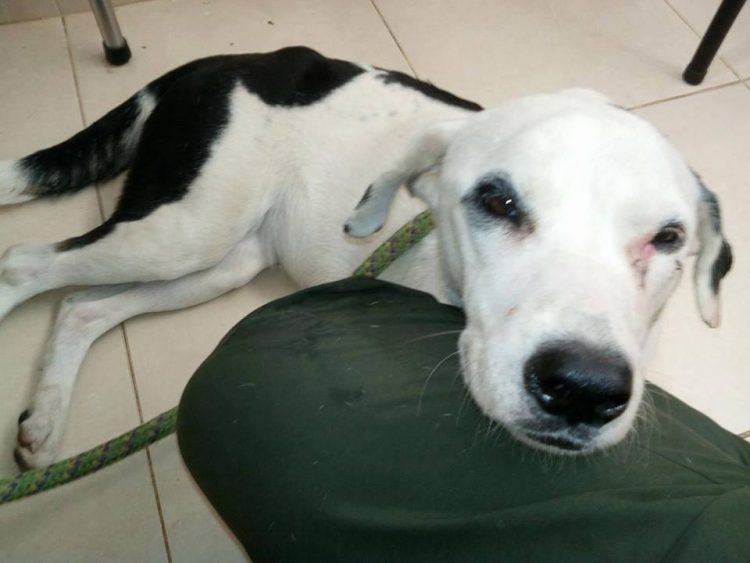Ten years ago, Abby, a year-old black lab, was playing with her human family outside of their Apollo, Pennsylvania home, when something caught her attention and she just wandered off. Her owner,Debra Suierveld, spent weeks searching for the pup, but she eventually gave up, assuming the dog had been killed. Life went on for Debra and her family, but last week they got an unexpected blast from the past.
On January 30th, 2018, the Suiervelds received a phone call from Animal Protectors of Allegheny Valley who claimed to have their dog. Debra told them that they must have made a mistake, because of the family dogs were within view, but then they mentioned the name of the dog, ‘Abby’, to which the woman didn’t know what to answer.





















